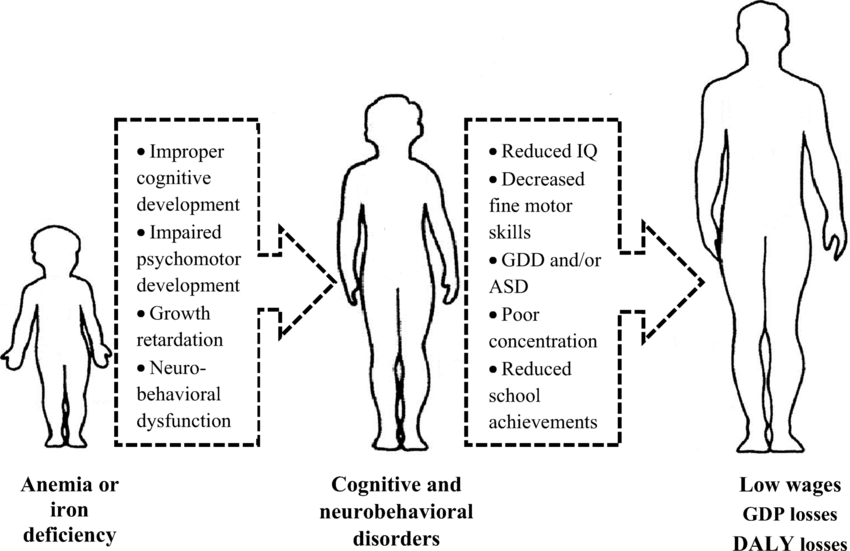
Naegleria Fowleri, commonly referred to as the "brain eating amoeba," is a very common species of the class Naegleria in the family Percolophora. This species is native to the Pacific Islands, especially Hawaii, but has also been recorded in Australia and on occasion in the Caribbean. In general, this is a member of the predatory suborder Caudata, with only two other members (the leech and mantis shrimp) belonging to subfamilies.
This organism is very closely related to the Echinococcus faecalis. It is anaerobic (without an aerobic respiration), meaning it lives only in water and does not have any prokaryotic (bacteria) or eukaryotic (organelles) producers. The most striking feature of the brain eating amoebae is that they are completely amorphous – i.e., they do not have a solid surface covering, but possess a waxy outer coating. While they are a good illustration of amorphous organisms, it is important to remember that they are not actually amorphous at all: they are composed of proteinaceous cells.
The cells found in the outer covering are primarily specialized for generating the electrochemical signals that stimulate neurons in the brain to fire
The specific neurons generated by the amoebae depend on the region of the brain that is being attacked by the amebae.
In a recent study, a group of researchers from the University of Auckland in New Zealand used a microscope to examine the internal structure of the brain eating amoebae, Naegleriella fowleri. They discovered that the cell bodies in these cells are very complex and they have large amounts of cholesterol, as well as proteins, glycogen and other lipids. The proteins are particularly interesting: they are unique to this organism and they are the ones responsible for carrying out some specific functions of the cell. The researchers concluded that the proteins in these cells are essential for the survival and growth of the cells and it appears that these proteins are responsible for the creation of these lipids.
In addition to the lipids, these lipids can be used by the amoebae to bind to neurons and transport them to other parts of the body. These lipids can be released into the bloodstream where they can bind to different nutrients and fats and be taken up by other cells, allowing the cells to grow. This process can be very efficient, particularly during times when the cell metabolism of the cells slows down.
Once the lipids are bound to the nerves, the amoeba continue to release chemicals that will stimulate nerve cells to release more dopamine, norepinephrine, and other neurotransmitters. Once these molecules are produced, cells release chemicals called acetylcholine into the system, thereby stimulating nerve cells so that neurons release neurotransmitters. This process causes a condition called neurotransmission.
Neurotransmission through the brain, in turn, leads to communication between nerve cells and the brain's reward center. As the process continues, the brain can transmit information to different parts of the brain and provide information to different parts of the nervous system.

Amoebae have only one pair of axons. Axons are small, bundle-like branches that make up neurons that send messages from one cell to another. Amoebas also use the lipid bilayer to bind to neurons and carry out an important neurotransmission process.
Scientists have found that amoebas tend to grow on the surface of nerve cells and on the membranes of lipid bilayers. This can cause amoebae to penetrate the outer membrane of these tissues and enter the brain, causing neuronal damage. At CERA you can find out more information about scientific research.
Researchers believe that the lipids of the amoeba are the cause of the amoeba. They also think that amoebas can cause amoebiasis by injecting a parasite into the body that feeds on lipids. They are now conducting tests to try to determine which amoebas can be identified as carriers of this parasitic organism.
Scientists have come to realize that there are many things that can contribute to amoebiasis, and the brain eating amoeba can be one of these things. However, the amoebae can be killed if the conditions are addressed before they cause damage.